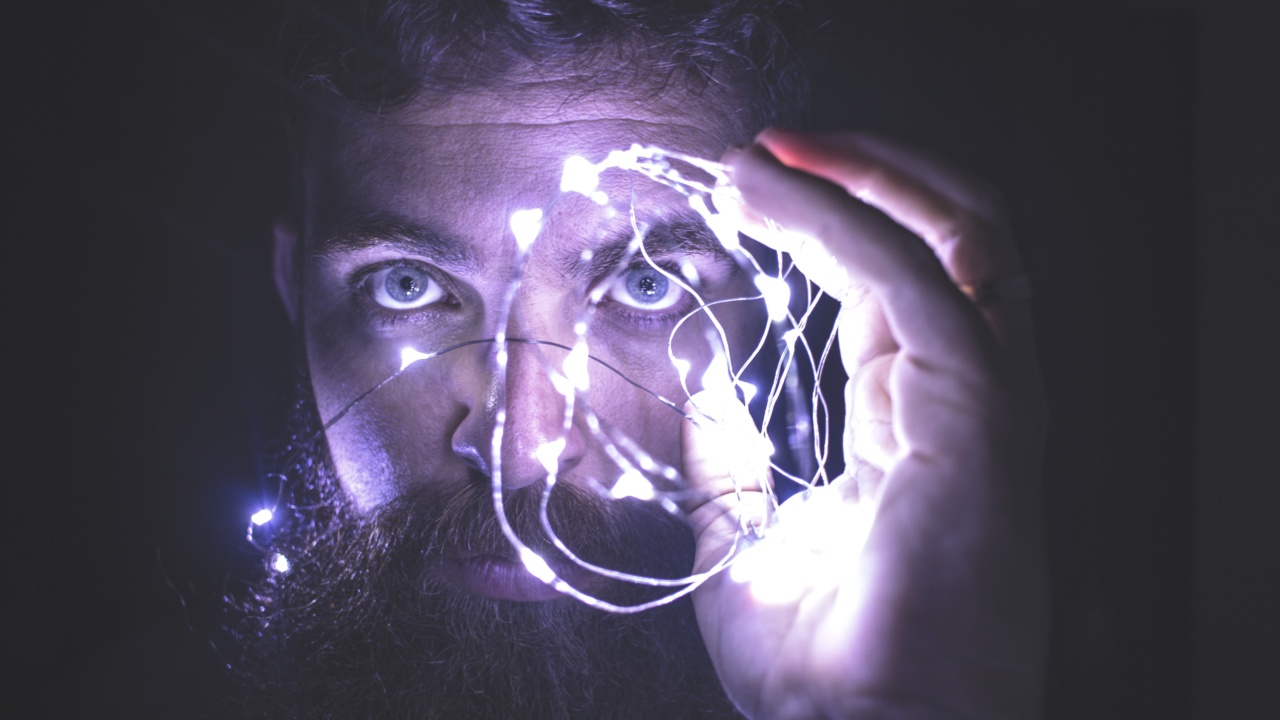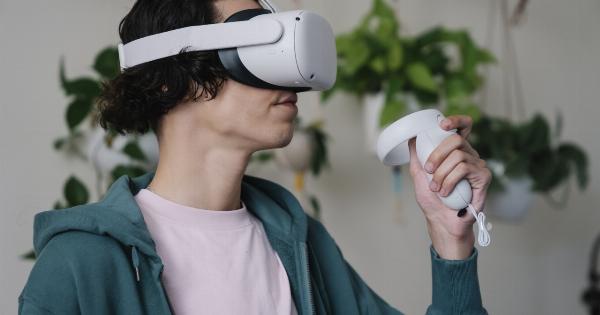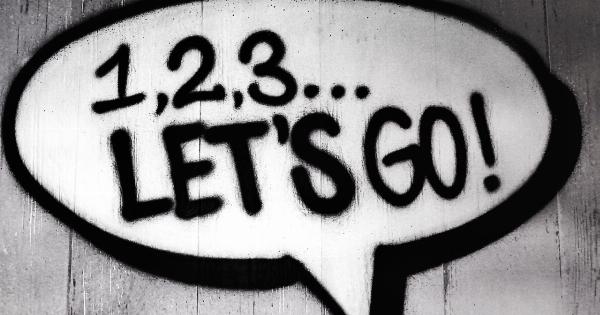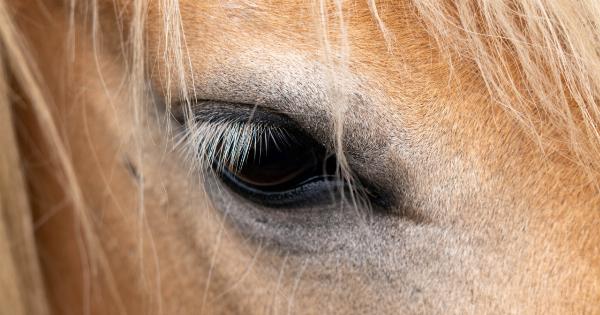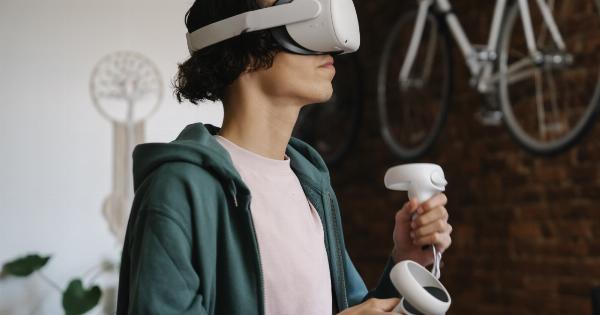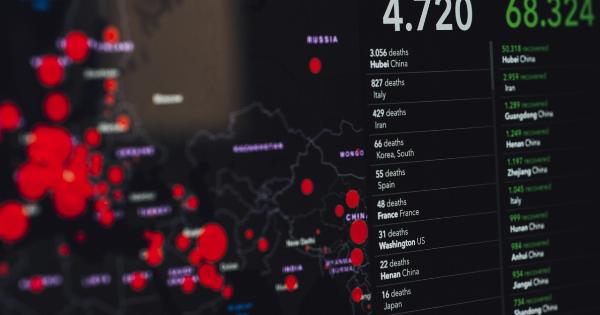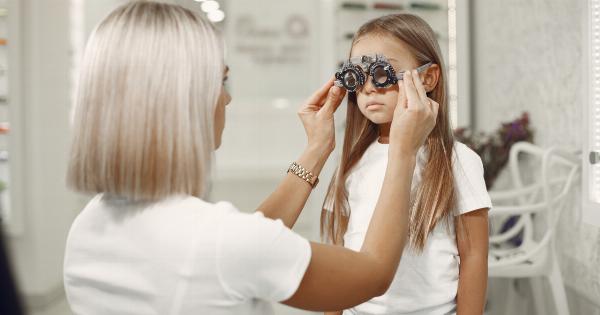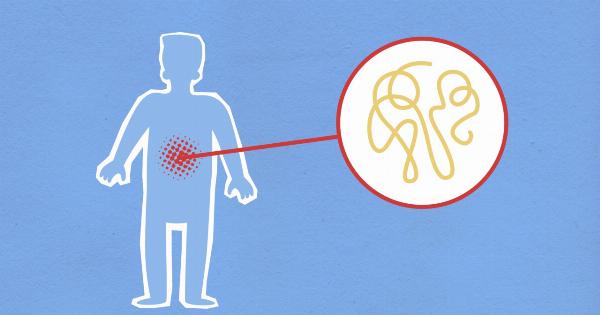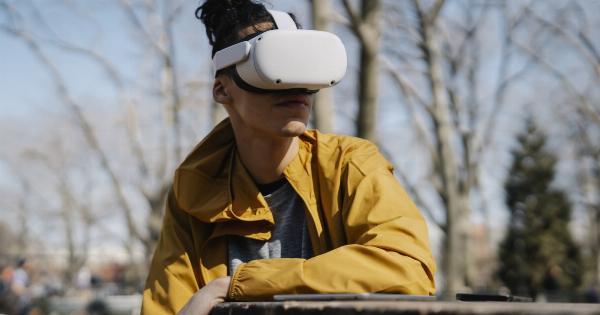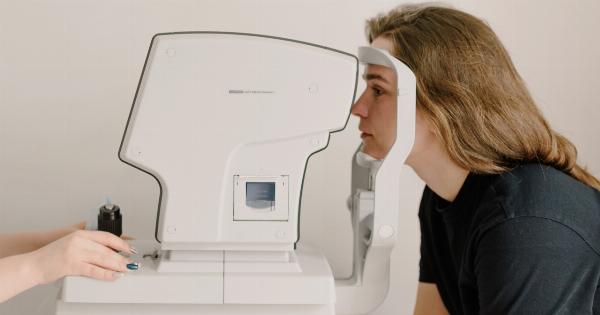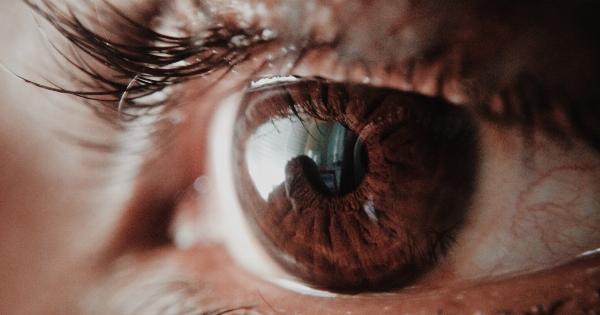When we think about vision, we often associate it with the eyes. However, the process of seeing is not solely reliant on the eyes themselves.
In fact, the brain plays a crucial role in interpreting the signals received from the eyes to create our visual experience. This fascinating connection between the brain and vision is the focus of our discussion on Kronovio and the importance of the brain in visual perception.
Understanding the Visual System
Before delving deeper into the role of the brain in vision, it is essential to understand the complexities of the visual system. The process of vision begins with light entering the eyes through the cornea, which focuses it onto the retina.
The retina, located at the back of the eye, contains cells called photoreceptors that convert light into electrical signals.
These electrical signals then travel through the optic nerve to reach the brain. The optic nerve acts as a pathway, transmitting the visual information from the eyes to the brain.
Once in the brain, the signals are processed and interpreted to form the images that we perceive as our visual environment.
The Role of the Brain in Visual Perception
Upon reaching the brain, the electrical signals from the eyes undergo a complex series of processes that result in visual perception.
This process involves multiple regions of the brain working together to analyze and make sense of the incoming information.
One key area involved in visual perception is the primary visual cortex, located in the occipital lobe at the back of the brain. This region processes basic visual information such as shapes, edges, colors, and motion.
It is responsible for fundamental visual functions that allow us to recognize objects and navigate our surroundings.
Perception vs. Sensation
It is important to differentiate between visual perception and sensation. While sensation refers to the initial process of detecting visual stimuli, perception involves the brain’s interpretation of that sensory information.
In simpler terms, sensation is the raw data received by the eyes, while perception is the brain’s understanding and organization of that data into coherent images.
The brain’s role in visual perception becomes evident when considering optical illusions. These illusions occur when the brain misinterprets or fills in missing information based on assumptions and previous experiences.
Understanding how the brain influences our interpretation of visual stimuli helps us comprehend why optical illusions can deceive us despite being aware of their existence.
Specializations within the Visual System
While the primary visual cortex is responsible for basic visual processing, other regions of the brain specialize in more complex aspects of visual perception.
Object Recognition
The ventral stream, also known as the “what pathway,” is responsible for object recognition and identification.
This stream, extending from the primary visual cortex to the temporal lobe, allows us to recognize familiar faces, objects, and scenes. Damage to this pathway can result in difficulties identifying objects or specific facial recognition impairments known as prosopagnosia.
Location and Spatial Awareness
The dorsal stream, often referred to as the “where pathway,” focuses on the spatial awareness and location of objects.
This pathway extends from the primary visual cortex to the parietal lobe and plays a crucial role in tasks such as reaching for objects or navigating through environments.
Motion Perception
Another vital aspect of visual perception is the ability to perceive motion. The middle temporal area (MT) within the brain specializes in processing motion information and helps us perceive and track moving objects.
This area integrates information from the primary visual cortex and sends signals to other regions involved in higher-order visual processing.
Visual Attention and Awareness
Visual perception is strongly linked to attention and awareness. In order to focus on specific objects or features of our environment, the brain must prioritize certain information while disregarding irrelevant stimuli.
The parietal and prefrontal cortices play a crucial role in directing attention and modulating conscious awareness.
The Role of Experience and Learning
While the brain’s architecture provides a foundation for visual perception, experience and learning also heavily influence our visual understanding.
The brain has the remarkable ability to change and adapt its connections based on sensory input and past experiences. This process, known as neuroplasticity, allows the brain to refine and enhance our visual perception over time.
For example, individuals who are visually impaired from birth may undergo visual rehabilitation programs that aim to stimulate the brain’s visual processing areas.
Through repetitive exercises and training, these individuals can enhance their visual perception despite the absence of normal visual input.
Conclusion
While the eyes serve as the input to the visual system, it is the brain that truly enables us to see and perceive the world around us.
The integration of various brain regions, each specialized in different aspects of visual perception, allows for the creation of our rich visual experiences. Understanding the intricate relationship between the brain and vision not only helps us comprehend the complexities of visual processing but also highlights the incredible adaptability and potential for improvement within the human visual system.
